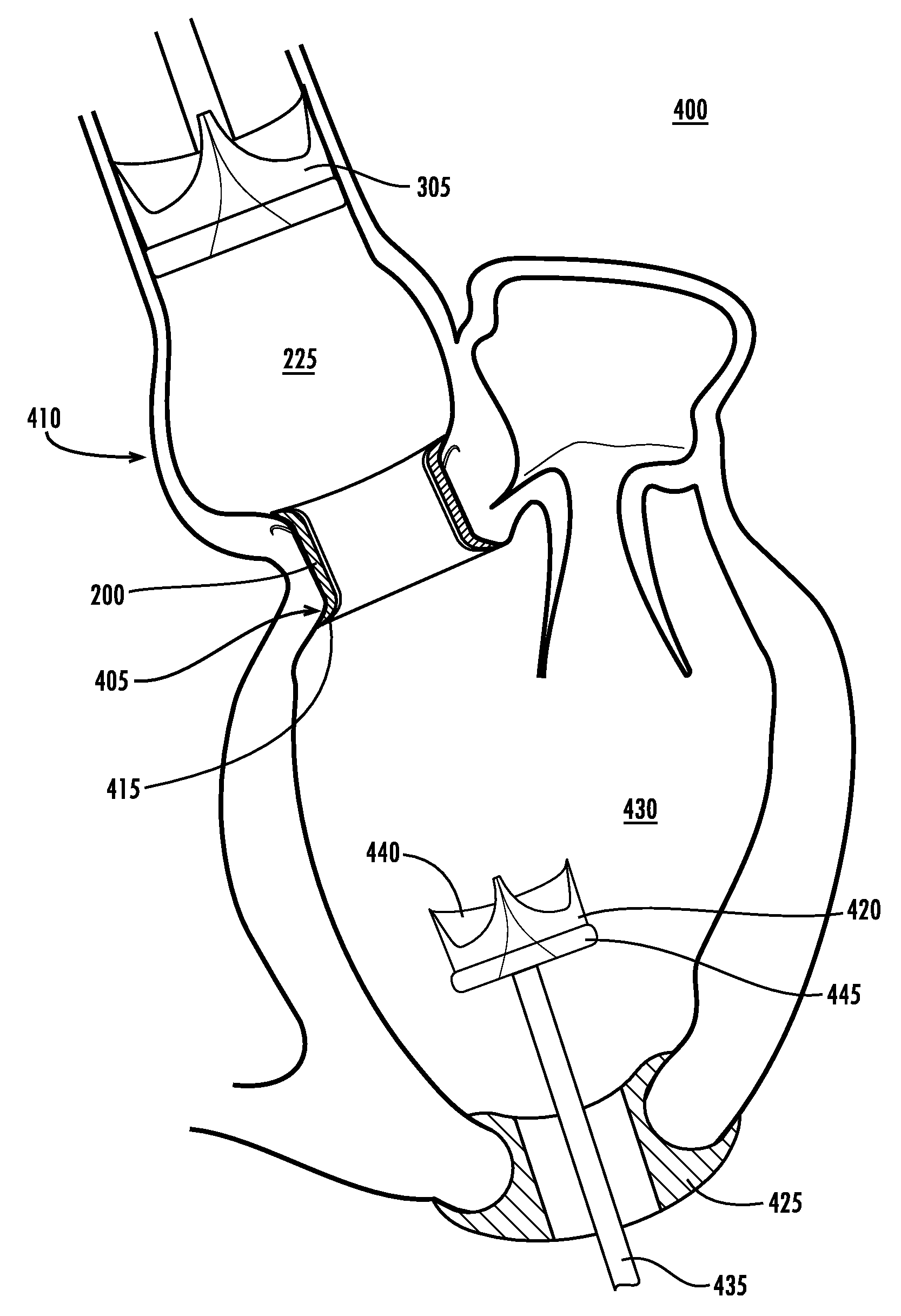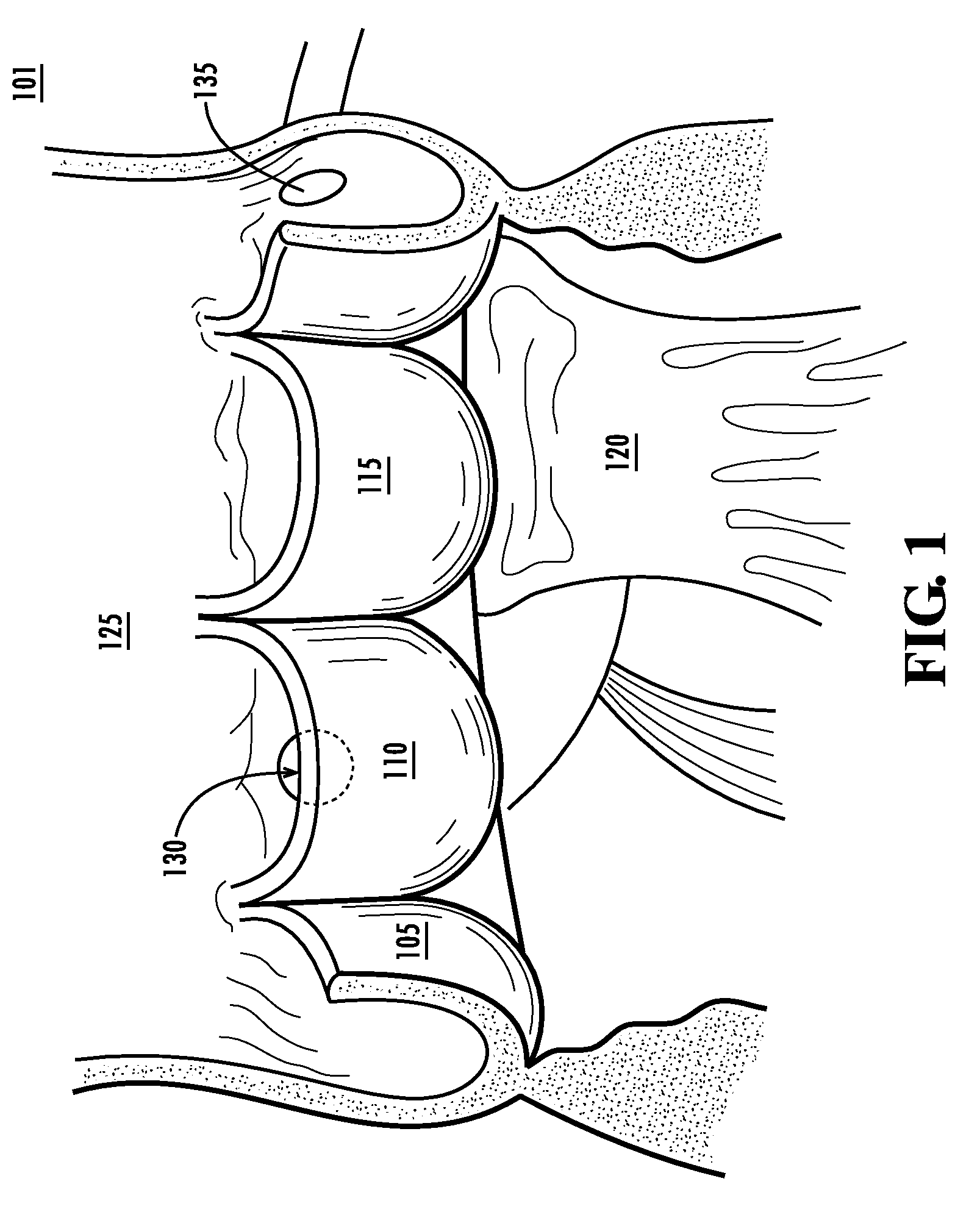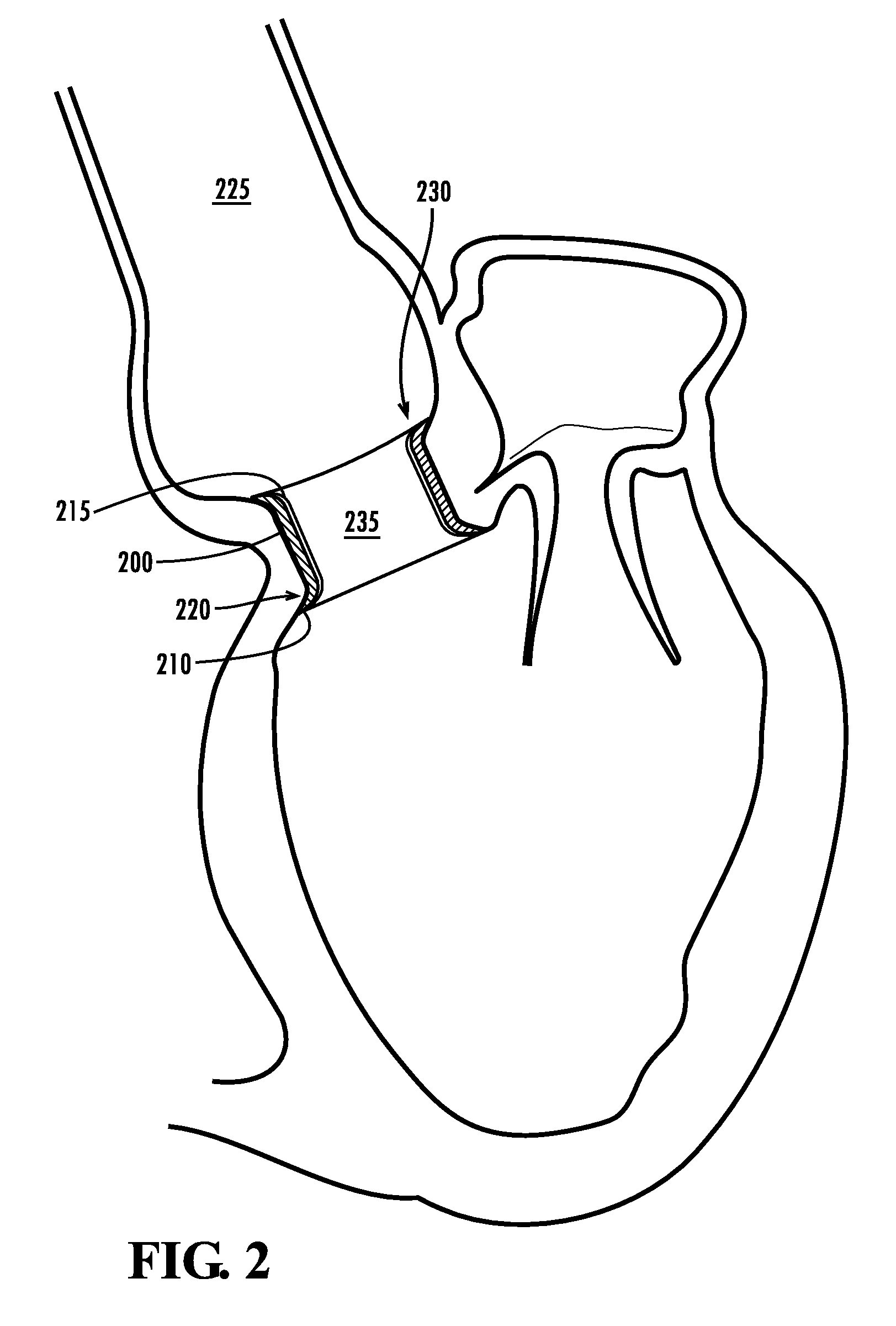It is the leading
cause of death in the U.S., killing some 950,000 people each year.
It also accounts for a significant amount of disability and diminished
quality of life.
The performance of the
cardiac cycle by the various components of the heart is a complex and intricate process.
Incompetent closure of the
aortic valve can result from intrinsic
disease of the cusp, diseases of the
aorta, or trauma.
If one of the components or functions of the complicated interaction fails, then
aortic valve regurgitation can result.
Prolonged and / or severe aortic valve regurgitation can lead to compensatory left
ventricle dilation.
Aortic valve regurgitation is a progressive condition that, if not corrected, can be fatal.
Despite their superior durability, the turbulent fluid
mechanics of mechanical valves causes damage to blood cells.
This damage to the blood cells can include
thrombus formation.
Further problems are associated with
mechanical heart valves, including small stagnant regions
proximate the hinges that sometimes lead to bacterial infections causing further heart damage.
Although polymeric valves show great promise they have been under development for several decades and no design has made it to commercialization due to failure or
calcification within its normal biological environment.
As a result, mechanical valves are still the primary choice for
surgical correction and have to be used in conjunction with anticoagulation therapies, which reduces the
quality of life of the patient and exposes them to risks associated with bleeding.
As a result, the tissue comprising the valve is non-viable, and therefore, subject to degeneration with time.
Although some chemical treatments are effective in reducing
calcification, they do not prevent disruption of collagen fibers.
Collagen fibers exposed to
blood flow are damaged and cannot be repaired due to lack of viable cells within the leaflet.
Therefore because of
tissue degradation and calcification bioprosthetic valves have a limited durability which may average around 10 years.
Although
bioprosthetic valve technology has advanced, their limited durability is a problem which may take a long time to address completely.
While these bioprosthetic and mechanical valves present a number of improvements over the prior art, the safety and success of these devices is significantly reduced by the complexity of their deployment.
The deployment of these conventional bioprosthetic valves requires the precise execution of a number of steps and techniques, and inaccurate execution of even one of these steps can lead to a patient fatality.
Furthermore, a replacement valve positioned in an inadequately anchored valve will not be able to
resist the forces of the constantly changing vessel wall
diameter and
turbulent blood flow.
Improper and insufficient deployment can lead to migration of the valve anchor before or after the deployment of the
bioprosthetic valve.
Even the slightest migration of the valve anchor can have many detrimental results, including covering the openings to an arterial outlet or compromising the function of the replacement valve.
Not only is precise placement of the valve anchor of a
bioprosthetic valve important, a secure seating of the valve anchor is critical because improper or insufficient deployment of the valve anchor can lead to leakage between the anchor and the lumen wall.
The typical calcification, thickening, and hardening of the cardiac annulus can make it increasingly difficult to achieve proper sealing quality for the valve anchor of the bioprosthetic valve.
For example, heavy calcification on the
native valve can lead to bumpy and even surfaces, which can translate to a low quality seal of the valve anchor with the lumen wall if not deployed properly.
Not only can calcification make it difficult to properly seat the valve anchor, fragments of the calcified deposits can be loosened during the seating of the valve anchor and thus enter
blood stream causing damage and possible blockage.
While many of the conventional devices have attempted to address the issues and complexities associated with the minimally invasive deployment of a
heart valve replacement, significant problems and risks for the patient still exist.
A large majority of the risk is due to the nature of the deployment of the replacement valves.
Furthermore, the endovascular deployment of the heart valve provides a surgeon with a limited ability to verify the
correctness and accuracy of the deployment.
This two dimensional image leaves a large amount of room for error in the three dimensional deployment of the replacement valve.
For example, the valve anchor could appear properly seated on the
ultrasound image, but the side of the valve anchor not visible in the image could be misaligned and / or improperly sealed with the lumen wall.
As described, a slightly improper seal or slight misplacement of the valve anchor can lead to catastrophic and even fatal results.
Additionally, once the replacement valve has been fully deployed, it is difficult or impossible to change the position of the
prosthesis without damaging the
native structure.
As a result of the limitations of both bioprosthetic heart valve and mechanical valves, patients have to choose between
quality of life and durability of the repair.
Additionally there is a group of patients which may not tolerate the risks associated with a
mechanical valve, but may limit their lives using a bioprosthetic valve as a second operation to replace this valve can be considered clinically not viable.
 Login to View More
Login to View More  Login to View More
Login to View More 


